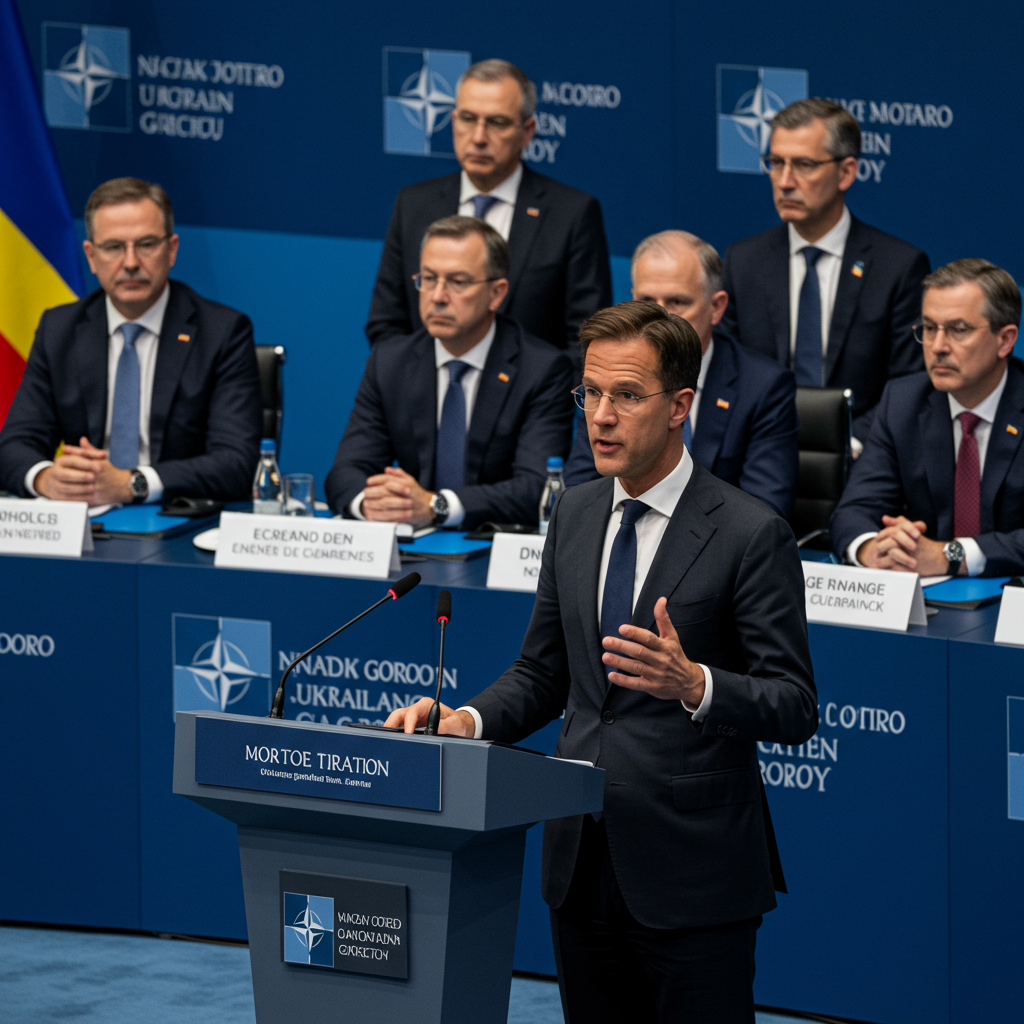As Tibet’s revered spiritual leader nears his 90th birthday, the future of tibetan Buddhism hangs precariously in the balance. The 14th dalai Lama, Tenzin Gyatso, faces a profound and complex challenge regarding his succession. This isn’t just a spiritual matter; it has become a flashpoint in the tense political struggle between the Tibetan exile community and the ruling Communist Party of China. The world watches as two vastly different plans for identifying the next Dalai Lama prepare to unfold.
Residing in Dharamsala, India, the Dalai Lama continues to maintain a rigorous schedule. Reports indicate that even approaching ninety, his health remains remarkably good. He regularly engages with hundreds of followers and visitors, dispensing wisdom and blessings. This continued vitality underscores his enduring influence but also highlights the urgency of resolving the succession question while he is still able to guide the process.
The Challenge of Spiritual Succession
The concept of the Dalai Lama’s reincarnation is central to the Gelug school of Tibetan Buddhism. For centuries, senior monks have followed specific signs and rituals to identify the child believed to be the rebirth of the previous Dalai Lama. This tradition vests the authority for the succession process within the spiritual hierarchy itself, guided by the wishes and directives of the current incarnation.
The Tradition of Reincarnation
Tibetan Buddhists believe that the Dalai Lama is the emanation of Avalokiteshvara, the Bodhisattva of Compassion. When a Dalai Lama passes away, senior lamas undertake a search for his reincarnation. This search traditionally involves looking for specific omens, visions, and testing potential candidates with items belonging to the previous incarnation. The process is deeply spiritual and historically independent of political control.
The Role of the Current Dalai Lama
The 14th Dalai Lama holds immense spiritual authority among Tibetans worldwide. From his exile base in Dharamsala, he has become a global icon of peace and religious freedom. His views on his own succession carry significant weight. He has stated that the decision on how his reincarnation will be identified, or even if the institution should continue, rests ultimately with the Tibetan people and the Ganden Phodrang Trust, his own organization. This stance directly challenges China’s asserted right to control the process.
The Two Competing Plans
At the heart of the dilemma lies the existence of two fundamentally opposed approaches to finding the next Dalai Lama. The current Dalai Lama intends to provide clear guidance on his preferred method. Meanwhile, the Chinese government insists it holds the sole legitimate authority to select and recognize the reincarnation.
the Dalai Lama’s Approach
While the specifics of his “one succession plan” are yet to be fully revealed, the Dalai Lama has publicly explored several possibilities. He has suggested his reincarnation could be identified through traditional means, selected through a vote, or even that the lineage might cease if deemed no longer beneficial. Crucially, he emphasizes that his successor must emerge from the free Tibetan world and not be under the control of the Chinese state. His input is vital to ensure the continuity of the authentic spiritual lineage.
China’s Asserted Authority
China’s position is starkly different. The Communist Party views the selection of high-ranking Buddhist lamas, including the Dalai Lama, as a state-controlled affair. They have historically intervened in religious matters as a means of political control. China claims that its approval, based on historical precedents it interprets, is required for any recognized reincarnation. This assertion is seen by Tibetans and many international observers as a blatant attempt to install a figurehead loyal to Beijing.
Why China Wants Control
China’s insistence on controlling the Dalai Lama’s succession is rooted deeply in its political strategy for governing Tibet. The spiritual leader represents a powerful symbol of Tibetan identity and resistance to Chinese rule. Controlling the reincarnation process is seen as a way to neutralize this influence and consolidate power.
Political Motivation
Beijing views Tibetan Buddhism not just as a religion but as a potential source of separatism and dissent. By controlling the selection of the Dalai Lama and other senior lamas like the Panchen Lama (whose chosen reincarnation disappeared after being recognized by the Dalai Lama), China aims to exert ideological control. They want to ensure the next Dalai Lama is loyal to the state, not the traditional spiritual lineage or the exile community.
Undermining the Exile Community
The Dalai Lama in exile serves as a unifying figure for Tibetans worldwide and a powerful advocate on the international stage. Installing a state-approved Dalai Lama in Tibet would severely undermine the authority and legitimacy of the government-in-exile in Dharamsala. It would create division and confusion, potentially marginalizing the influence of those outside China’s direct control. This strategic move is critical to Beijing’s long-term goal of fully integrating Tibet under its authority.
The Potential Consequences of Dual Successors
The most probable outcome of the current standoff is the emergence of two competing Dalai Lamas. One would be recognized by the Tibetan spiritual authorities and the exile community, potentially identified through the methods outlined by the current Dalai Lama. The other would be a figure selected and installed by the Chinese government. This scenario carries significant risks for the future of Tibetan Buddhism.
Division Among Tibetans
Facing two rival claimants to the spiritual throne would inevitably create a schism among Tibetans. Those inside Tibet might face pressure to recognize the state-appointed figure, while Tibetans in exile and globally would likely follow the one identified through traditional or the current Dalai Lama’s preferred methods. This division would weaken Tibetan identity and unity at a critical time. Such fragmentation could lead to uncertainty, confusion, and loss of religious coherence across the community.
Global Impact
The dilemma extends beyond the Tibetan community. The Dalai Lama has millions of followers and admirers worldwide. A contested succession would pose a challenge for global Buddhist communities and international supporters of Tibet. Governments and religious organizations would have to decide which claimant to recognize, potentially leading to diplomatic tensions and further complicating relations with China. The legitimacy of the entire institution of the Dalai Lama could be questioned on a global scale.
The Dalai Lama’s Health and Urgency
Despite reports of good health, the Dalai Lama is approaching his 90th year. This natural reality adds a layer of urgency to the succession question. His ability to provide clear guidance and potentially oversee initial steps in the identification process is crucial. Once he is no longer alive, the void of his authority could make the conflict with China even more difficult to navigate.
His current schedule of audiences and teachings in Dharamsala demonstrates his commitment to his role. It also serves as a reminder of his advanced age. Planning for succession is a necessary step, not just for the future of the lineage but to preempt Beijing’s efforts to impose its own candidate. The Dalai Lama’s health, while currently good, underscores that this is a matter of the near future, not a distant hypothetical.
Navigating the Dilemma from Dharamsala
Managing a spiritual succession while in exile adds unique layers of complexity. The Tibetan government-in-exile, based in Dharamsala, functions as a democratic administration but lacks formal recognition from most countries. It also has limited direct contact with Tibetans inside China. This complicates any effort to involve Tibetans across geographical and political divides in the succession process envisioned by the Dalai Lama.
Dharamsala remains the spiritual and political heart of the exile community. It is the center from which any authentic Tibetan succession plan would likely originate. However, its limited access to Tibet itself makes implementing such a plan and ensuring its recognition by Tibetans living under Chinese rule incredibly challenging. The geographical separation mirrors the political chasm between the two competing visions for the future of the Dalai Lama lineage.
The Path Forward
The resolution of this critical dilemma remains uncertain. The Dalai Lama’s impending guidance will be a pivotal moment. How the international community reacts and which candidate they support will also play a significant role. China is unlikely to relinquish its claim easily, setting the stage for continued conflict.
Possible scenarios range from a relatively smooth transition if the international community firmly backs the Tibetan spiritual process, to a long period of confusion and division with dual Dalai Lamas. The legacy of the Panchen Lama situation, where China installed its own candidate after the Dalai Lama recognized another child, serves as a cautionary tale. The stakes are incredibly high for the preservation of Tibetan spiritual and cultural identity.
Frequently Asked Questions
Frequently Asked Questions
What is the dilemma the Dalai Lama faces regarding his succession?
The 14th Dalai Lama faces a complex dilemma regarding who will succeed him as Tibet’s spiritual leader. He needs to guide the process of finding his reincarnation or successor according to Tibetan Buddhist tradition and his own wishes. However, the Chinese government insists it has the sole authority to select the next Dalai Lama, creating two competing claims and the potential for deep division within the Tibetan community and globally.
How does China plan to influence the next Dalai Lama’s selection?
China views the selection as a political appointment and intends to select its own candidate. This candidate would likely be someone loyal to the Communist Party, not the traditional spiritual lineage or the Tibetan exile community. Beijing aims to use its control over the succession process to consolidate power in Tibet, undermine the Dalai Lama’s influence, and suppress Tibetan identity and potential dissent.
Where does the Dalai Lama currently reside in exile?
The 14th Dalai Lama currently resides in Dharamsala, a town in the northern Indian state of Himachal Pradesh. Dharamsala serves as the headquarters of the Tibetan government-in-exile and the spiritual center for many Tibetans living outside of Tibet. His life in exile began in 1959 following the Tibetan Uprising against Chinese rule.
Conclusion
The question of the Dalai Lama’s succession is more than a religious issue; it’s a fundamental struggle over the future of Tibet. As the current Dalai Lama approaches his 90th year, his planned guidance on succession is eagerly awaited by his followers. This guidance will directly confront China’s determination to impose its own political control over this sacred spiritual lineage. The world watches to see whether tradition and the will of the Tibetan people, or the assertion of state power, will ultimately determine the future of the Dalai Lama institution. The outcome will have lasting consequences for Tibetans everywhere and for the principle of religious freedom globally.


